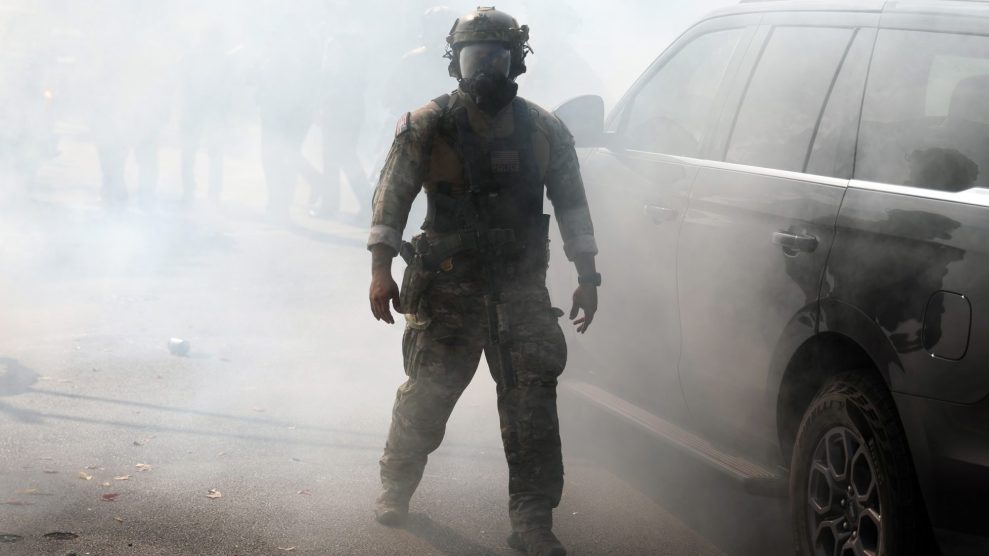AN ESTIMATED 73 PERCENT of domestic violence assaults go unreported, largely because of women’s lack of faith in the system, according to the National Institute of Justice. Filing a report means dealing with a justice system that forces women to testify, bounces them between multiple courtrooms, and leaves them vulnerable.
In response, some 300 integrated domestic violence courts have sprung up in at least 23 states across the country. While the structure of courts varies based on state and local needs, they all use a “one family, one judge” model. Each victim is provided an advocate, and a dedicated judge and team of prosecutors see each case from beginning to end, dealing with whatever criminal charges, protection orders, and custody and divorce matters arise.
Recognizing that one of the biggest barriers to convictions is that victims are scared or reluctant to testify against their abusers, such courts have stretched the evidentiary rules—a move that has proved highly successful (and somewhat controversial). Faced with victims unwilling to testify, the courts use exceptions to the hearsay rule and admit evidence like calls to 911 or domestic incident reports, sometimes in the place of testimony.
New York, an early pioneer of the effort, now has 30 such courts throughout the state. The first, the Brooklyn Felony Domestic Violence Court, opened in 1996, and, according to the Center for Court Innovation, eight years later “not a single victim linked to an open case has been killed,” the number of victims assigned advocates has doubled to nearly 100 percent, and the dismissal rate has been cut in half. Conviction rates have risen slightly while guilty pleas are way up, suggesting that prosecutors were able to build more substantial cases, leading to more plea bargaining.
Defense attorneys complain that concern for the victims has come at the cost of the basic legal rights of the defendants, who in some courts are not permitted to ask questions of their accusers. Last year, in Crawford v. Washington, the U.S. Supreme Court made a broad ruling regarding hearsay evidence that asserted the rights of an accused to “be confronted with the witnesses against him.”
It remains to be seen how the Crawford decision will affect the evidentiary latitude domestic volence courts have been developing. Keeping the rights of victims paramount is key to their success, say advocates. In conventional courts, “batterers can manipulate the criminal justice system and use those tools against battered women,” says Beckie Masaki, director of the Asian Women’s Shelter in San Francisco. If domestic violence courts continue to spread, perhaps the number of women with faith in the system will grow as well.
















